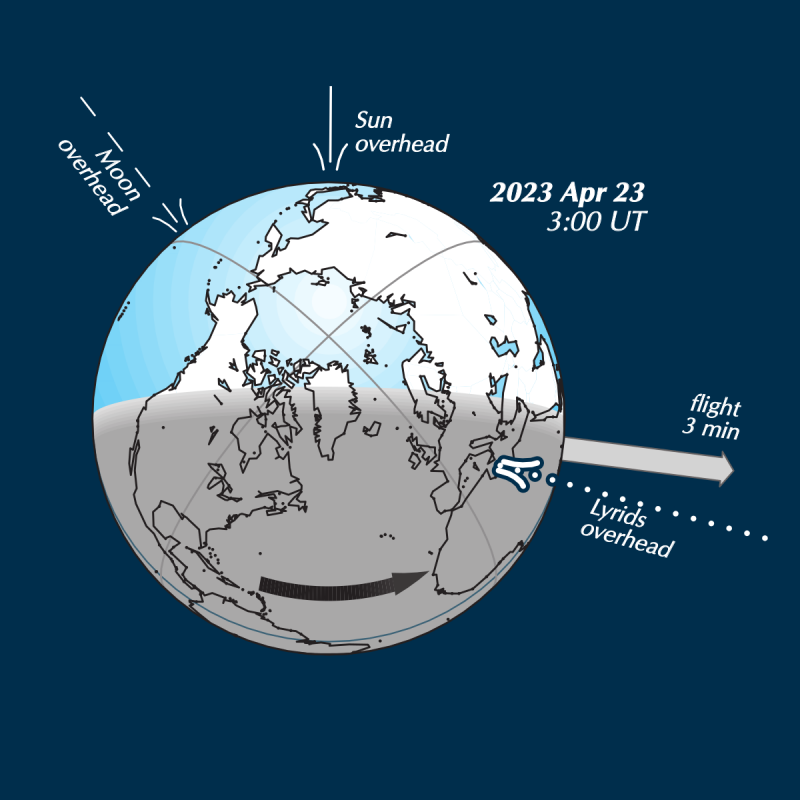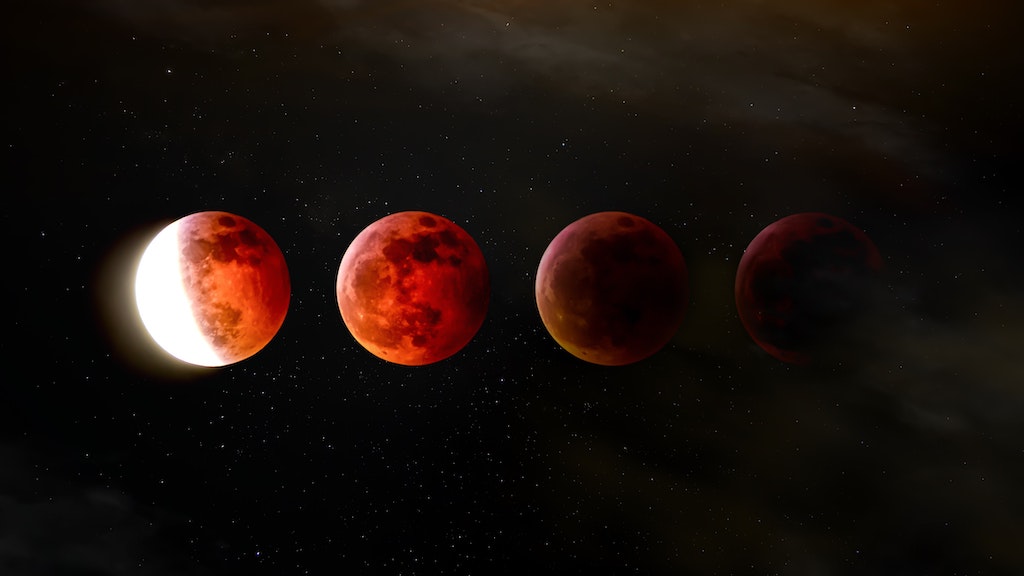CRYOVOLCANIC ERUPTION ON COMET 29P
Over the years, astronomers have observed hundreds of cryovolcanic eruptions on Comet 29P/Schwassmann-Wachmann. Icy gases burst out of the comet's crust at unpredictable times, multiplying its size and brightness 10-fold or more. "I just photographed gases expanding from a strong eruption on April 2nd," says Pepe Manteca of Begues, Catalunya, Spain:

This comet is so interesting!" he says.
Out of all the eruptions researchers have seen, this one may be different. Why? Because they predicted it.
"We have been watching 29P especially closely because [on April 1st] the pseudo-nucleus became very faint indicative of the crust sealing and preventing outgassing," says Dr. Richard Miles of the British Astronomical Association (BAA). "It was the faintest we had ever seen it."
Miles and colleagues considered an eruption to be "highly likely" and, indeed, the comet erupted while they watched. It blew like a cork popping from a champagne bottle. Astronomers Maria Eleftheriou and Jose Manuel Perez Redondo caught the eruption in progress on April 2nd using the 2.0-m Faulkes Telescope South. Pepe Manteca's photo shows the debris one week later.
Amateur astronomers who wish to help monitor this eruption can find 29P in the constellation Gemini, right here.
Over the years, astronomers have observed hundreds of cryovolcanic eruptions on Comet 29P/Schwassmann-Wachmann. Icy gases burst out of the comet's crust at unpredictable times, multiplying its size and brightness 10-fold or more. "I just photographed gases expanding from a strong eruption on April 2nd," says Pepe Manteca of Begues, Catalunya, Spain:
This comet is so interesting!" he says.
Out of all the eruptions researchers have seen, this one may be different. Why? Because they predicted it.
"We have been watching 29P especially closely because [on April 1st] the pseudo-nucleus became very faint indicative of the crust sealing and preventing outgassing," says Dr. Richard Miles of the British Astronomical Association (BAA). "It was the faintest we had ever seen it."
Miles and colleagues considered an eruption to be "highly likely" and, indeed, the comet erupted while they watched. It blew like a cork popping from a champagne bottle. Astronomers Maria Eleftheriou and Jose Manuel Perez Redondo caught the eruption in progress on April 2nd using the 2.0-m Faulkes Telescope South. Pepe Manteca's photo shows the debris one week later.
Amateur astronomers who wish to help monitor this eruption can find 29P in the constellation Gemini, right here.









